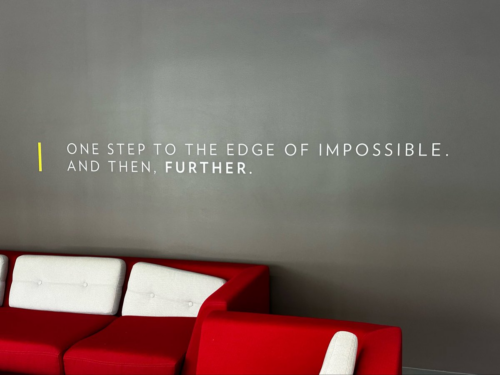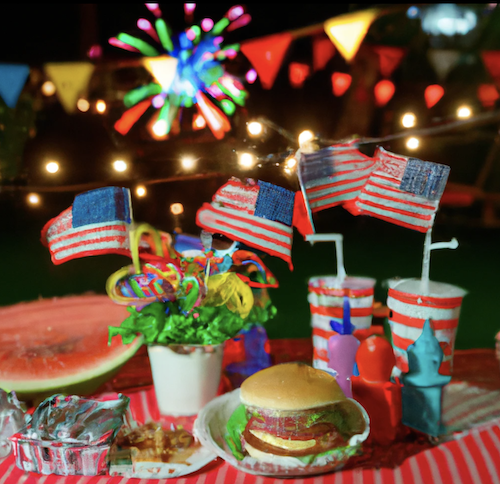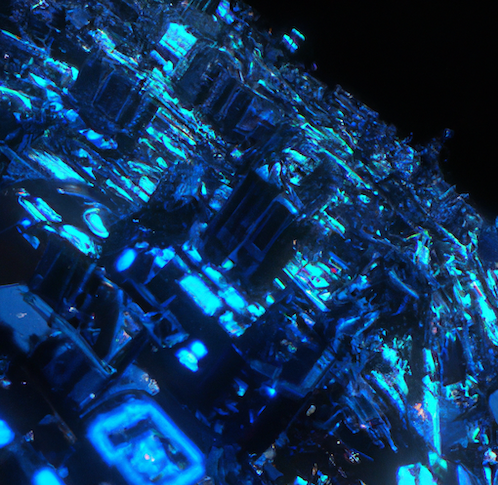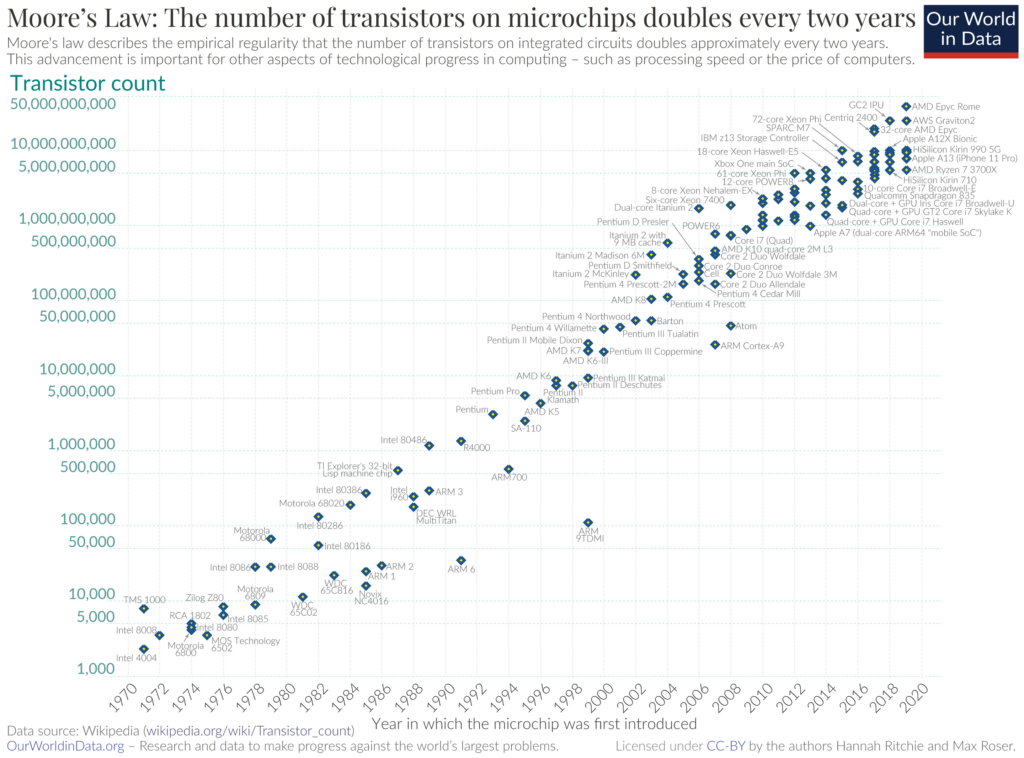“One step to the edge of impossible. And then, further.” – National Geographic
There has been a lot of excitement in the scientific community these last several weeks. First, there is the constant buzz about AI and the pending birth of a real-life artificial general intelligence like Marvel’s fictional J.A.R.V.I.S. (which is just a rather very intelligent system by the way). Then there is this incredible medical news about the experimental anti-cancer drug, Dostarlimab, which had an unprecedented 100% success rate in eliminating tumors. Imagine what that could do for our human family! And now, just this past week, we saw the excitement building over LK-99, a polycrystalline compound that was reported by a team from Korea University to be a room-temperature and ambient pressure superconductor.
The LK-99 news was particularly fascinating to me. And I’m not alone. The scientific community is buzzing about it and excitedly conducting experiments to replicate to confirm or disprove the discovery. One of the things they hope to observe is “flux pinning”. Have you ever heard of flux pinning? Well, I hadn’t, so I decided to check it out. It turns out that flux pinning is a characteristic of superconductors where magnetic flux lines are trapped in place within a material’s lattice structure (quantum vortices). This flux pinning locks the superconductive material within a magnetic field, causing it to levitate. Can you imagine whole worlds built of this material? It may look a lot like Pandora from Avatar! More importantly this leads to benefits like enhanced current-carrying capabilities, higher magnetic field tolerances, and reduced energy losses.
Implications are mind blowing! If a room temperature and ambient pressure superconductor can be fabricated, we could see things like massively reduced losses in power transmission, higher performing electromagnetic devices (e.g. MRIs, motors, generators), revolutionized transportation systems (e.g. maglev trains, lightweight and energy-efficient propulsion systems), faster low-power computing devices and of course, new insights into the fundamental nature of matter and the universe. Of course, LK-99 may not be the superconductor we are looking for, but the quest continues… and we are learning!
I love science! The systematic rigor, the tenacious pursuit of discovery, and the passionate pursuit of understanding our universe is who we are. We thirst for knowledge and hunger for new abilities. It motivates us. It propels us to adapt. It allows us to survive and thrive when conditions are threatening. It is our genius, and perhaps at times, our curse. We are restless and unsatisfied. But that insatiable curiosity compels us to discover, to explore, to test, to add to our knowledge, to create and become more than we were.
Look, I know I’m incurably optimistic to a fault. I know that there are disappointments and failures ahead of us as well. And to be fair, the path to the future can sometimes seem impossible. But oddly enough, it is at those moments that we discover something different and something new. We see, we learn, we step to the edge and we go further! The unlimited future awaits. Let’s go!












